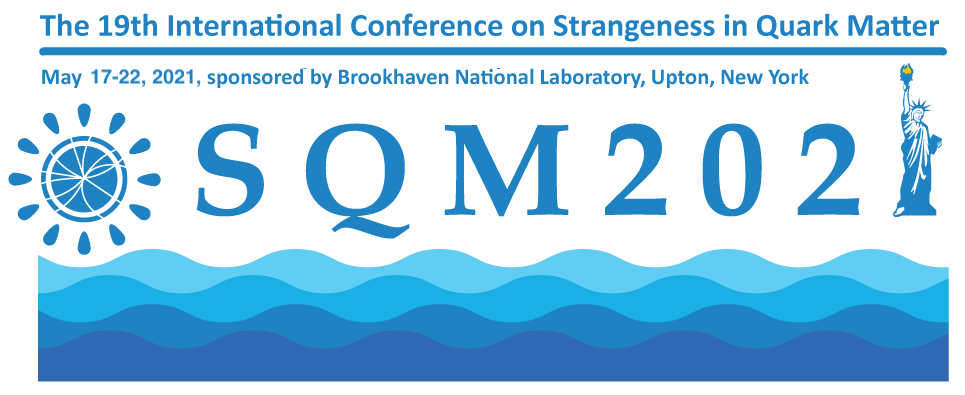Speaker
Description
A new heavy-ion experiment on fixed target, NA60+, has been proposed at the CERN SPS for data taking in the next years. Its main goals will be focused on precision studies of thermal dimuons, heavy quark and strangeness production in Pb-Pb collisions at center-of-mass energies ranging from 5 to 17 GeV. The experiment will profit from the high-intensity beams provided by the CERN SPS, that will provide a unique opportunity to investigate the region of the QCD phase diagram at high baryochemical potential. The proposed experimental apparatus consists of a vertex telescope located close to the target and a muon spectrometer located downstream of a hadron absorber. The vertex telescope consists of several planes of monolithic active pixel sensors embedded in a dipole magnetic field. The muon spectrometer will utilize GEM detectors for muon tracking and a toroidal magnet based on a new light-weight and general-purpose concept.
This apparatus, based on state-of-the-art technologies, will allow a very broad and ambitious physics program which will be discussed during the talk. The competitiveness and complementarity of the NA60+ physics program in the
landscape of the experiments foreseen at other facilities in the next decade will also be discussed.
The high-precision measurements of dimuon invariant mass distributions will open the possibility to investigate the order of the phase transition from the quark-gluon plasma to a hadron gas in the interval $\mu_B \sim$ 200-400 MeV via the first measurement of the caloric curve. Furthermore, the precision measurement of charmonium states, through dimuon decays, and open-charm hadrons, from their hadronic decays, will provide new insights into the transport properties of the QGP and into the threshold energy for the onset of deconfinement. Finally, perspectives for high precision measurements of strangeness production at different energies will be presented, focusing on kaon, $\phi$ and $\Lambda$ production.
| Collaboration | NA60+ |
|---|
